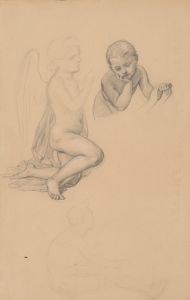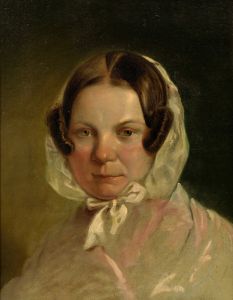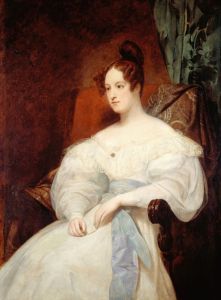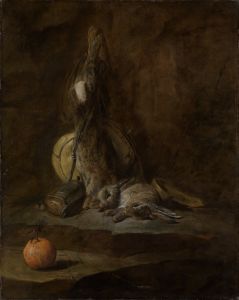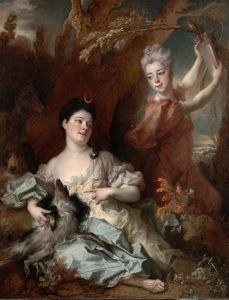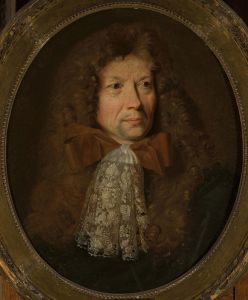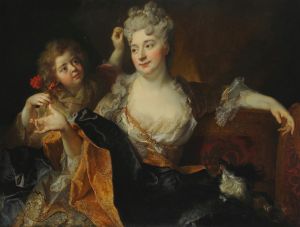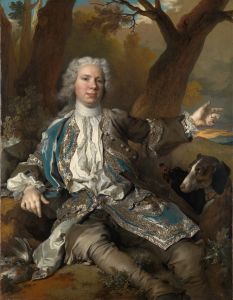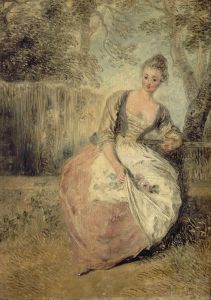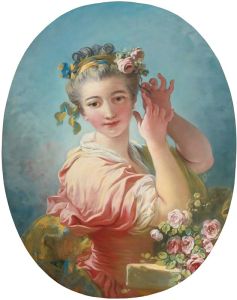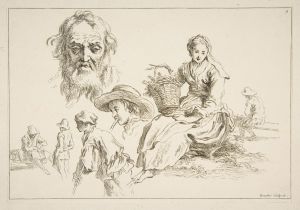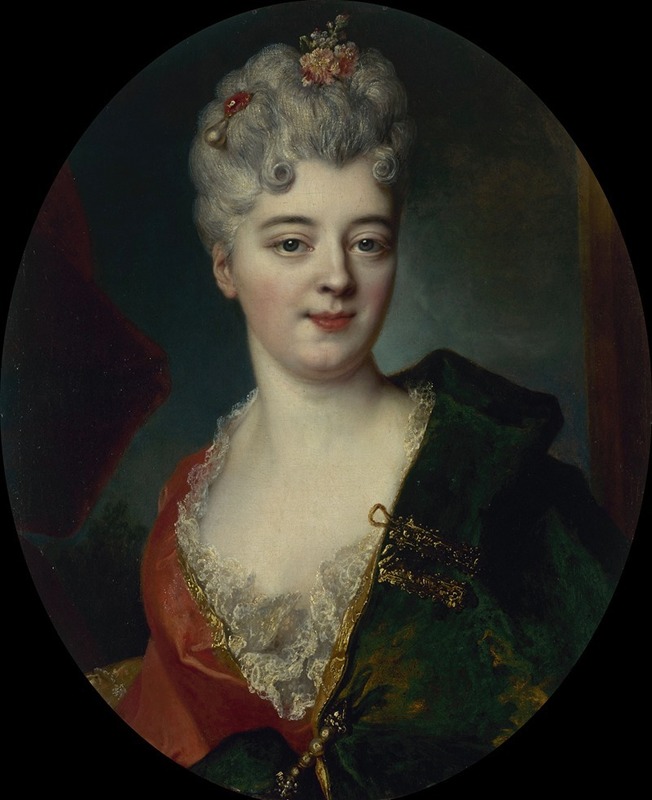
Portrait présumé d’Elisabeth Delpech, marquise de Cailly
A hand-painted replica of Nicolas de Largillière’s masterpiece Portrait présumé d’Elisabeth Delpech, marquise de Cailly, meticulously crafted by professional artists to capture the true essence of the original. Each piece is created with museum-quality canvas and rare mineral pigments, carefully painted by experienced artists with delicate brushstrokes and rich, layered colors to perfectly recreate the texture of the original artwork. Unlike machine-printed reproductions, this hand-painted version brings the painting to life, infused with the artist’s emotions and skill in every stroke. Whether for personal collection or home decoration, it instantly elevates the artistic atmosphere of any space.
"Portrait présumé d’Elisabeth Delpech, marquise de Cailly" is a painting by the French artist Nicolas de Largillière. Largillière, born in Paris in 1656, was a prominent portrait painter known for his skill in capturing the elegance and sophistication of the French aristocracy during the late 17th and early 18th centuries. He was a contemporary of other notable artists such as Hyacinthe Rigaud and was highly regarded for his ability to depict the textures of fabrics and the subtleties of human expression.
This particular painting, believed to be a portrait of Elisabeth Delpech, the Marquise de Cailly, exemplifies Largillière's mastery in portraiture. The subject, Elisabeth Delpech, was a member of the French nobility, and her title "Marquise de Cailly" indicates her high social standing. The painting is thought to have been created around the early 18th century, a period when Largillière was at the height of his career.
In the portrait, the Marquise is depicted with a serene and composed expression, characteristic of Largillière's style. She is dressed in luxurious attire, which would have been typical of the French aristocracy of the time. The attention to detail in the rendering of her clothing, including the intricate lace and sumptuous fabrics, highlights Largillière's skill in depicting the opulence of his subjects' attire. The background of the painting is relatively simple, ensuring that the viewer's focus remains on the Marquise herself.
Largillière's use of light and shadow in this portrait is particularly noteworthy. The soft lighting enhances the delicate features of the Marquise's face and adds a three-dimensional quality to the painting. This technique, combined with the artist's meticulous attention to detail, creates a lifelike representation that captures the grace and dignity of the subject.
The painting is an excellent example of the Baroque style, which was prevalent in European art during this period. The Baroque style is characterized by its emphasis on movement, contrast, and emotional intensity. While Largillière's work is more restrained compared to some of his contemporaries, his portraits still convey a sense of grandeur and elegance that is typical of the Baroque era.
"Portrait présumé d’Elisabeth Delpech, marquise de Cailly" is part of the collection at the Musée des Beaux-Arts in Orléans, France. The museum houses a significant collection of European paintings, and this work by Largillière is one of its highlights. The painting not only serves as a testament to Largillière's artistic talent but also provides insight into the fashion, culture, and social hierarchy of early 18th-century France.
Overall, Nicolas de Largillière's portrait of Elisabeth Delpech, the Marquise de Cailly, is a remarkable example of French portraiture from the Baroque period. It showcases the artist's ability to capture the essence of his subjects with elegance and precision, making it a valuable piece of art history.





